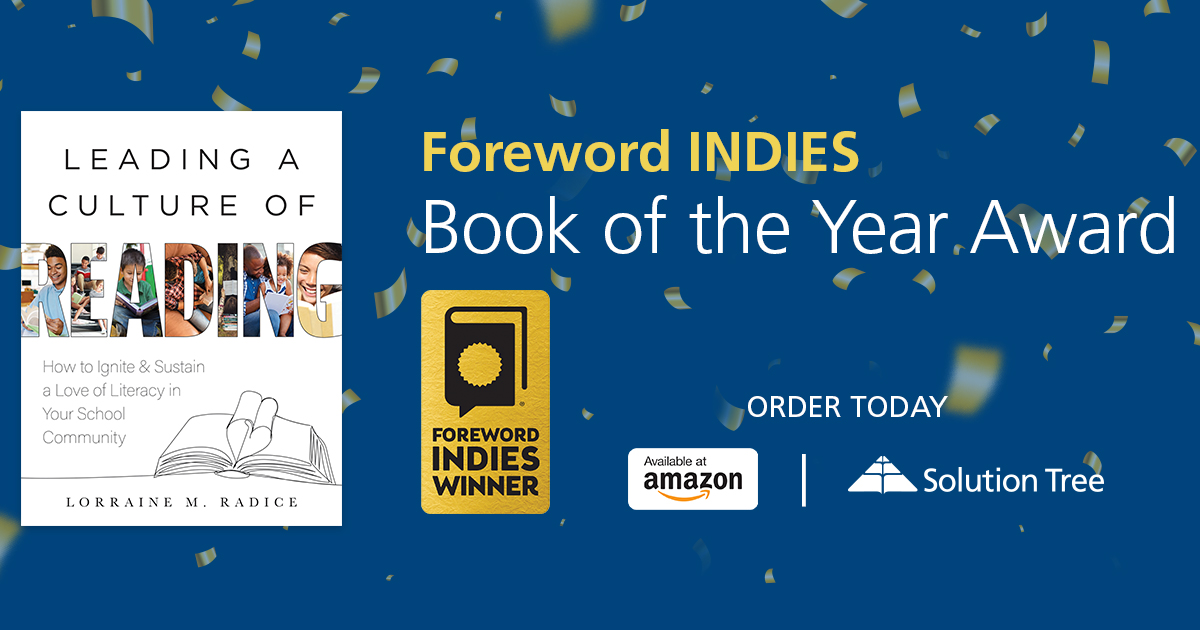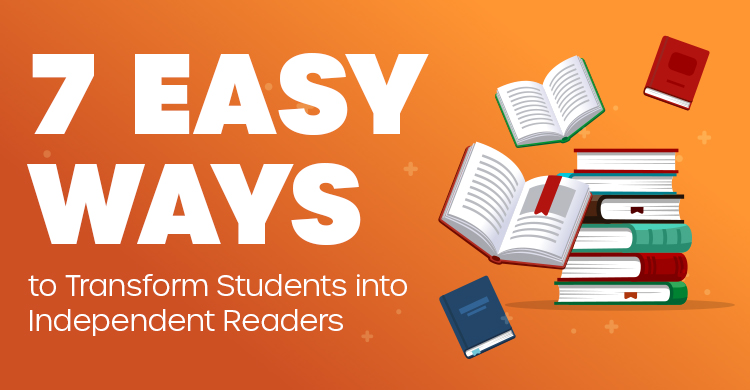Independent reading is the heartbeat of the reading work done in classrooms. Students need opportunities to practice what they are taught during instructional time in texts they choose and find relevant. Independent reading puts students at the center of thinking about and engagement with texts.
Fostering an independent reading routine offers myriad benefits to students’ identities and habits as readers, writers, and learners:
- Readers grow in their abilities to make meaning and analyze appropriately complex texts by practicing reading.
- Readers can discover their own opinions, perspectives, and ideas about issues presented in fiction and nonfiction texts.
- Readers can learn about perspectives that may be different from their own.
- Readers make choices about what they read and how they read, leading them to develop agency and self-efficacy.
- Readers create personal reading plans that they monitor and reflect on to grow in how they manage their time and academic work.
- Readers learn by reading. They build schema about the world and its complexities.
- Readers can make recommendations to other readers through discussions and by creating posts in physical and virtual space to help foster a reading community.
3 simple guiding principles for fostering a reading culture
There are elements to independent reading that make it universal and necessary across grades. Establishing guiding principles in your classroom and/or school community to facilitate a commitment to an independent reading practice helps the process. Examples of guiding principles are:
- Reading is a priority in your class or school community
- Students’ personal choices about reading are important
- Time for reading in school is valued
I work with educators to build cultures of reading. In my book, Leading A Culture of Reading: How to Ignite and Sustain a Love of Literacy in Your School Community, I share practical ways to build a classroom or school culture that prioritizes and celebrates reading. A thriving reading culture can help kids stay motivated, interested, and supported in reading. But, in the context of discussing reading culture events, I am often asked the question: How do I get my students started with independent reading?
7 easy ways to prepare for and launch independent reading
1. Organize your classroom library
For emergent and early readers, classroom libraries could be divided into sections according to book types—such as emergent, concept, pattern, decodable, phonics and comprehension, or alphabet books—or organized by favorite author, popular characters, or topics of interest or curricular relevance.
Other classrooms might arrange their library around specific genres, authors, series, themes, or formats like prose, poetry, or illustrated. You might also choose a few fun library prompts, like “books with teacher or community recommendations,” “books you’ll like if you like XYZ,” or “books that elicit certain emotional reactions.” Students could even create their own library categories and help design labels for shelves or bins!
2. Contact your school librarian
If your school has a librarian, plan to collaborate throughout the year. Make appointments to bring your class to the library. I used to schedule my first library visit during the first or second week of school so my students knew the library was a place of access for them. Plan to integrate library visits into your reading routines throughout the year.
3. Develop a system for students to manage their reading materials
Teacher and student management are essential to how independent reading functions in a classroom. Choose a system that works for you and your students. In my classroom, students brought their books and a reading notebook in a gallon-size bag to school and home each day. Keeping the two items together in a bag was helpful for them. The material management system was highlighted in my welcome letter to families and caregivers and a priority conversation item at Back to School Night.
4. Make a plan to share more about independent reading and the reading culture in your classroom with parents and caregivers
It’s important to value parents and caregivers when developing a reading culture. They are partners in fostering success for kids. Questions to consider to help with this process are: Is there a time when parents and caregivers visit the school and meet teachers early in the school year? Do you have a conference schedule? Is there a time when the building leader addresses parents and caregivers and can share the commitment to independent reading? Do you send home a welcome letter or introductory material that independent reading routines can be included in?
5. Read books that your students read
The more you read, the more you’ll be able to recommend books, talk up books (like a salesperson!), engage students in dialogue about reading, and organize books in your classroom appropriately since you know the content.
6. Prepare to learn the identities of your students
Knowing about your students’ identities may impact how you support them while engaging with text throughout the year. Some identity components are: interests and hobbies, first language, languages learned, race, ethnicity, national origin, culture, community, family structure, goals, achievements, abilities, and disabilities.
Consider having students create identity webs, culture maps, or personal collages to share with you about who they are and what is important to them. This information will also help you in organizing your classroom library to ensure that students are represented in the space.
7. Plan a series of read alouds
No matter the age of the readers, read alouds can serve to coach students for independent reading. Teachers can model ways to think about ideas, information, and perspectives. Consider the skills, thinking routines, and curricular topics that are in your scope and sequence. Choose picture books and/or short excerpts to serve as mentor texts in a series of mini-lessons to launch independent reading at the start of the school year.
After each mini-lesson with a mentor text, students can practice what was taught in their independent reading books. Structured time early in the year allows for all students to begin their new reading journeys in a supportive space together before they venture off on their own independent reading journeys. A structured beginning also helps the teacher to manage learning about a new group of readers through reading conferences, small group meetings, and assessment conferences.
Remember: Building a love of reading takes time and patience
This is no easy task. Facilitating independent reading requires planning, patience, and flexibility. It may not look the same each year or even in each class during one school year if you are a secondary teacher. Independent reading forms and grows in response to the readers in the reading community.
Want to learn more reading instruction strategies and plan out your literacy lessons for next year? Check out these hand-picked resources from Solution Tree:
- Solution Tree Master Class: The Science of Reading (Upcoming Virtual Event!)
- Connecting Read Alouds to the Science of Reading (Webinar Recording)
- “Helping Students to Enjoy Close Reading” (Blog)
- “Literacy is NOT a Spectator Sport: Hands-On, Minds-On Active Reading Strategies” (Blog
Lorraine Radice, PhD, is an educator, author, and presenter. She is currently the preK–12 director of literacy in Long Beach Public Schools in New York and teaches courses in childhood education and literacy at Hofstra University. She is the author of Leading a Culture of Reading: How to Ignite and Sustain a Love of Literacy in Your School Community.







